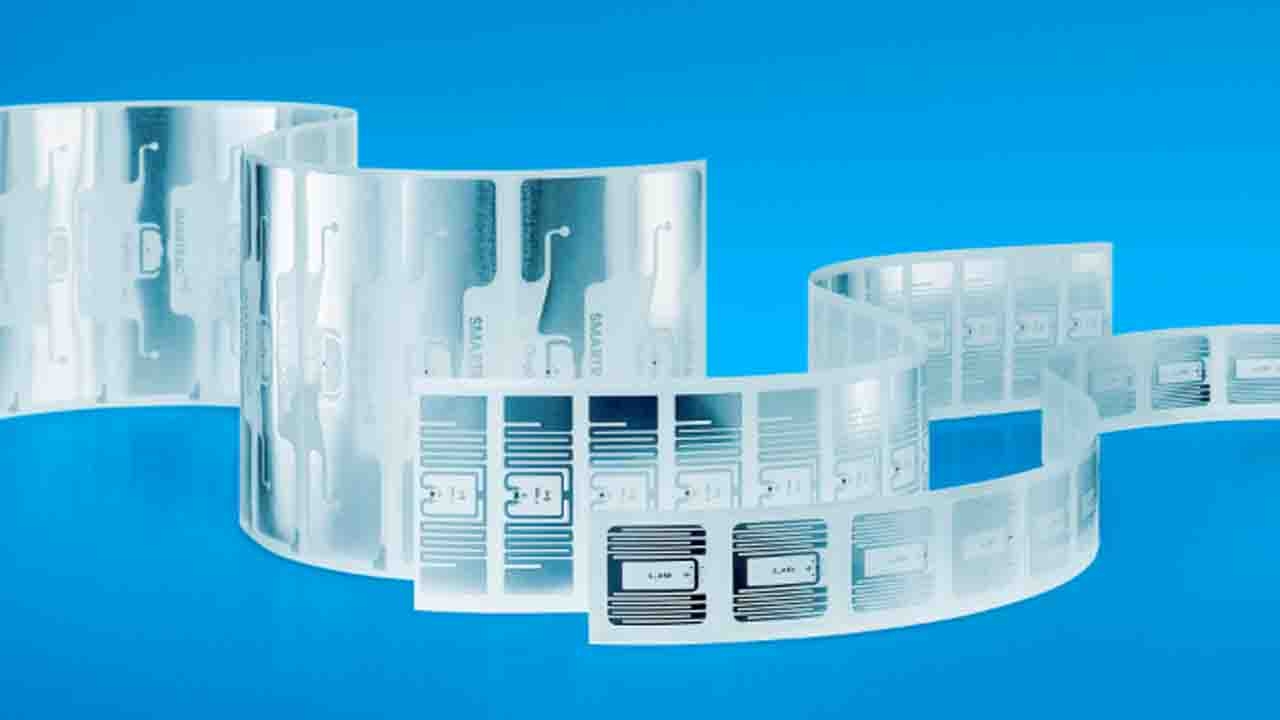Avery Dennison receives ARC certification for M800 inlay design
First UHF RFID inlay to achieve ARC performance certification featuring the Impinj M800 series IC.

Avery Dennison’s AD Burst M830 has become the first UHF RFID inlay to achieve ARC performance certification featuring the Impinj M800 series IC.
Auburn University's RFID Lab ARC program is a vital hub for research and education in the field of RFID technology, assisting end users by specifying RFID tag requirements and identifying approved tags for suppliers to ensure value throughout the supply chain.
In addition, Avery Dennison has successfully met the 2024/2025 ARC quality requirements for the design and manufacture of RFID inlays and tags. The accolade reflects the standard and performance of Avery Dennison's expansive inlay portfolio, as well as the company's commitment to innovation and advancing product development.
Optimized for apparel, general retail and logistics environments, the portfolio features the next-gen Impinj M800 series chip, bringing enhanced performance and scalability to enable global performance for high-speed inventory accuracy, with self-check out and loss prevention capabilities.
AD Burst M830 globally tuned inlay has been designed to achieve high-quality performance in a wide range of apparel, general retail and industrial applications and boasts a slimmed-down version of the inlay family, AD Belt. The new design carries a 73 x 13.5mm (2.87 x 0.53in) footprint and is available in multiple delivery formats including dry inlay, wet inlay, and pressure sensitive label.
Mathieu De Backer, vice president, innovation and sustainability, Avery Dennison Smartrac, said: ‘ARC inlay approval is a trusted industry benchmark set to ensure that RFID tags are able to meet or exceed the levels of performance and quality necessary to provide benefit to the end user in a consistent and cost-effective manner. We are proud to offer our clients this assurance as we continue to innovate and grow our portfolio to meet their ever-evolving tagging and tracking requirements.’
Stay up to date
Subscribe to the free Label News newsletter and receive the latest content every week. We'll never share your email address.

